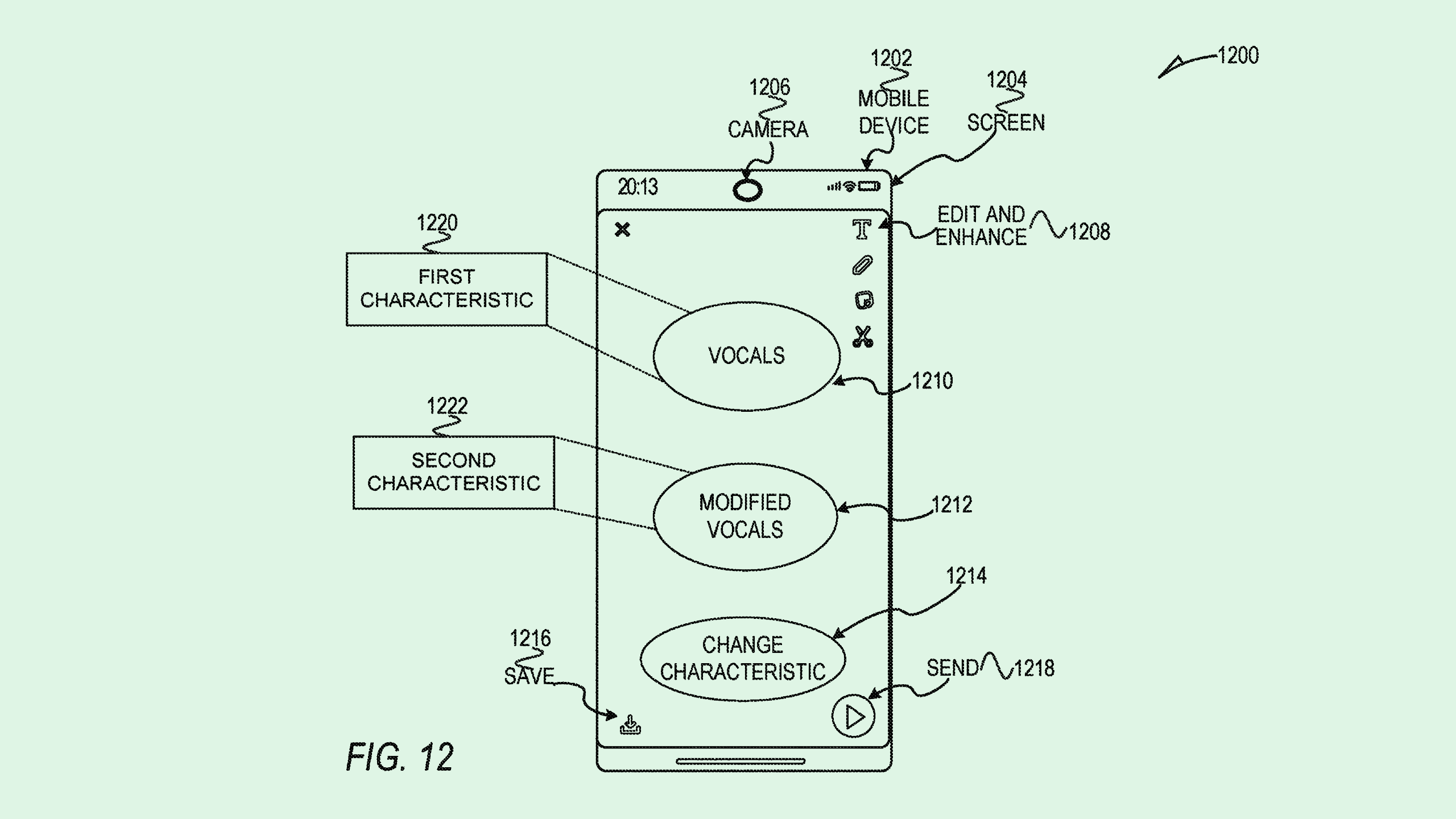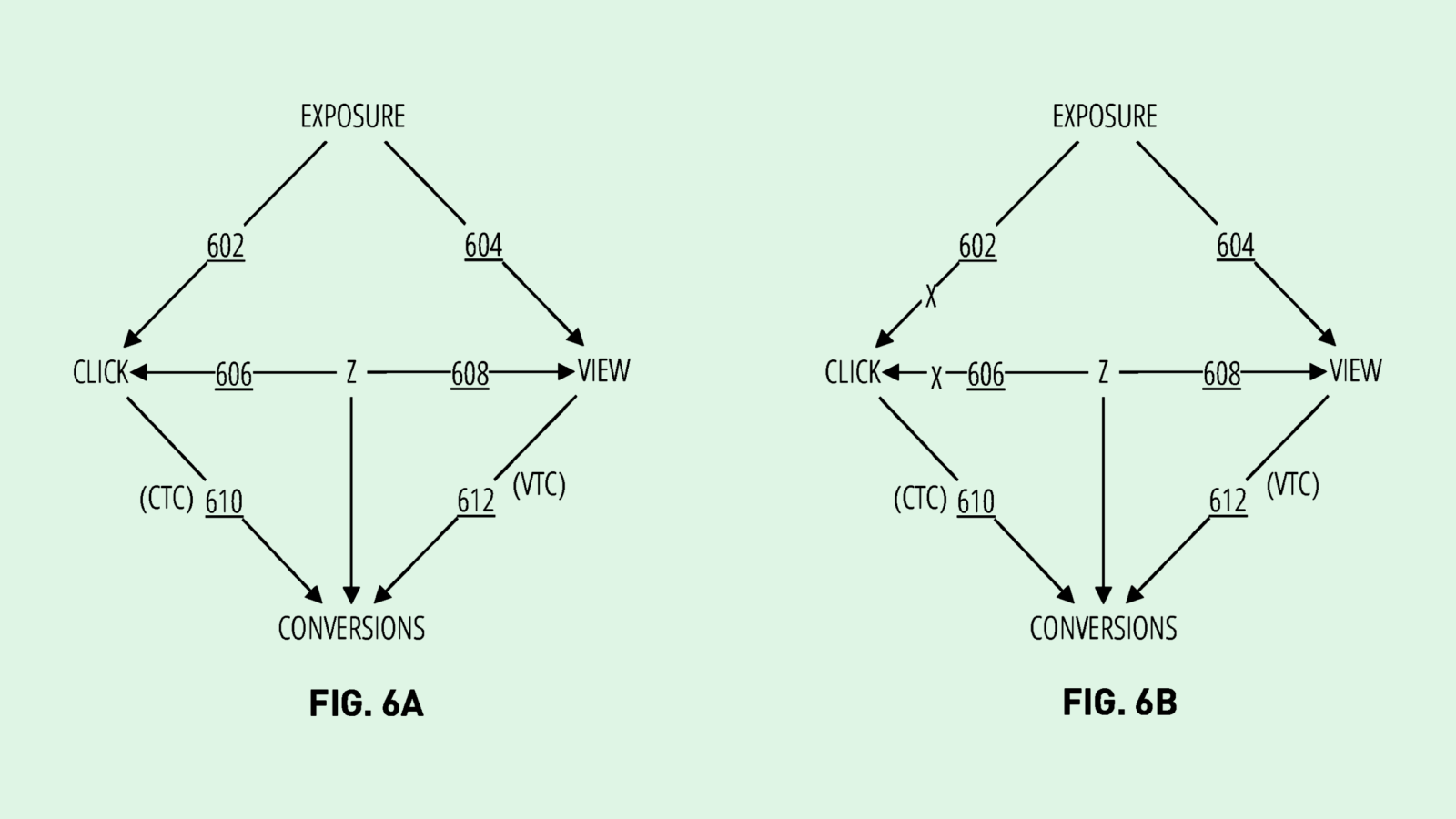Snap May Be Eyeing an AI Comeback
Snap could use AI to create more engaging experiences and “significantly strengthen Snap’s standing as a legitimate content platform.”

Sign up to uncover the latest in emerging technology.
Snap wants to let users change their voice.
The company is seeking to patent a system that uses neural networks for “changing characteristics of vocals.” The patent details a way to change a user’s audio, such as swapping a lower-pitched voice for a higher one, using AI.
Snap noted that conventional techniques of voice swapping don’t offer a lot of flexibility, and “require a great deal of computation that may be beyond what can be provided by a mobile device.”
Snap’s patent relies on a convolutional neural network for this process, or one that is particularly good at analyzing visual data. Snap’s system first transforms the audio data into a visual representation of the audio’s “frequencies and intensities,” or essentially a spectrogram. That image is then fed to the convolutional neural network, which outputs an image with different characteristics such as changes in pitch or timbre.
To make this system more robust, this AI is trained by transforming audio from having one characteristic to having a different characteristic, such as from a high pitch to a lower pitch, and then reversing the process, such as going from low to high. Finally, a “discriminator” neural network is used to basically grade their work to determine if the AI needs retraining.
The goal is to provide realistic voice altering capabilities with less computing power and local processing in real time.
This isn’t Snap’s first interest in AI. Last August, the company launched its own in-app language model, called My AI, though the company received backlash due to its tendency to offer up inappropriate responses to young users and has since added parental restrictions. Snap has also filed several patents for AI-powered inventions, though it is often involved in patents for augmented reality devices or applications.
But Snap has stiff competition. In May, Snap CEO Evan Spiegel told Bloomberg that the company plans to increase spending on AI and machine learning products to catch up with the competition. The report noted that the company may spend around $1.5 billion annually on AI infrastructure.
“There was a recognition that we’d fallen behind the curve on the machine learning side, which, to some degree, was reflected in the business performance,” Spiegel told Bloomberg.
Despite its late start, Snap has a lot to gain from AI, said Tejas Dessai, research analyst at Global X ETFs. The company could use AI to strengthen targeting of its digital ads, said Dessai, which is the company’s main revenue stream. “Snap can learn from Meta’s recent success with AI,” he added.
Plus, on the user end, the company could use AI to create more engaging experiences and “significantly strengthen Snap’s standing as a legitimate content platform,” said Dessai, an ambition that this patent seemingly adds to.
“They have a lock on young users, and they’re privy to private messages, in a great position to capitalize on this,” said Dessai. “It’s all about retaining users on the platform and making sure they don’t leave for other apps, and we see plenty of levers at Snap’s disposal to make that happen.”
The only hitch, however, is user data protection. AI consumes a lot of data, and doesn’t have the best reputation for data privacy. Given that its user base largely consists of minors, Snap may have to tread lightly with which data it uses.











